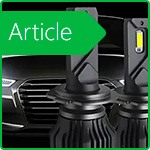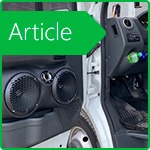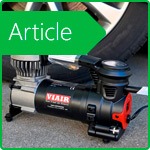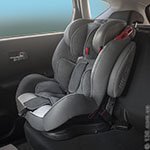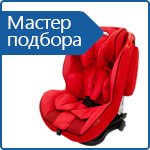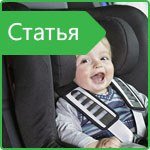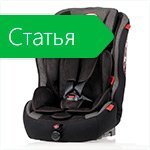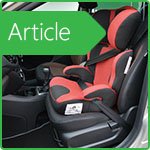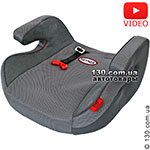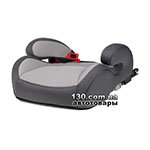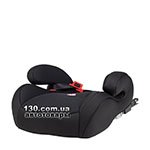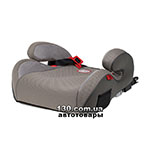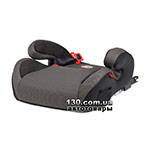Child car seat standards: ECE 044 and UN R129 (i-Size)
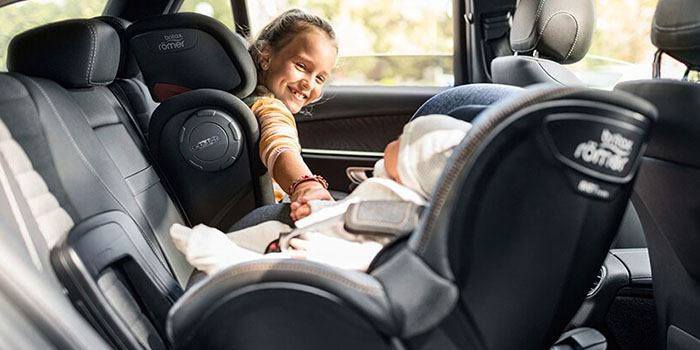
A child car seat is a must-buy for every parent. From the moment when the baby first "comes out", leaving the hospital, and until adolescence, the child can be transported in the car only with the use of a special restraint device.
Safety is the main criterion for choosing a car seat, regardless of the age of the little passenger. Indicators that the chosen model is reliable and in the event of an accident will be able to maximally protect the child from serious injuries-successfully passed independent crash tests and compliance of the car seat with one of the international standards.
Today, there are two standards for child car seats, which are used by the world's major manufacturers. Let's take a look at their main differences.
ECE 044
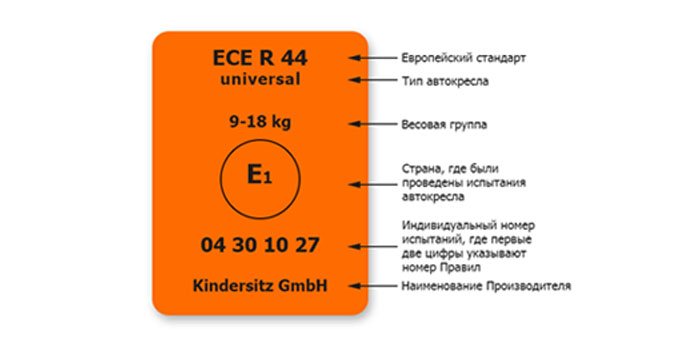
The European standard developed by the United Nations Economic Commission for Europe is “Uniform regulations for child restraints in motor vehicles”. For the first time this standard was developed, published and taken as a basis by manufacturers in 1982, and since that time has undergone regular changes due to the introduction of various amendments-this is an important evidence that the requirements of the ECE 044 standard are in step with the times.
ECE 044 standard includes:
- requirements for the quality and safety of materials from which the car seat is made, including metal, plastic, fabric and other construction parts;
- safety requirements for latches, locks, levers and fasteners that are in the construction of a car seat;
- requirements for correct information on marking labels and for the most complete information in the instructions for installation and operation of the car seat;
- successful completion of basic crash tests as part of ECE 044 compliance.
The crash test is one of the main indicators due to which the car seat is certified in accordance with the ECE 044 standard (or is refused). Standard crash tests are dynamic tests in which the car seat is installed in a special bogie that moves along the rails and brakes sharply, simulating impacts similar to those during emergency braking and road accidents.
High-tech equipment allows the trolley to move along a given trajectory with predetermined, carefully calculated indicators of speed and acceleration, and many video and photo cameras, as well as electronic sensors, record all overloads and damage received. For maximum accuracy in crash tests, dummies are used that correspond to anthropometric characteristics of children of 6 different ages: from a newborn dummy weighing 3.4 kg to a 10-year-old dummy weighing 32 kg. The dummies are made of special molding clay, which, along with the use of sensors, allows you to identify possible injuries that may be received by a passenger during an accident.
A child car seat is considered compliant with the European standard ECE 044 if it successfully passes all dynamic tests and examinations regarding the design and materials used.
In accordance with the European standard ECE 044, child car seats are divided according to the age and weight of the child into the following groups:
UN R129 (i-Size)
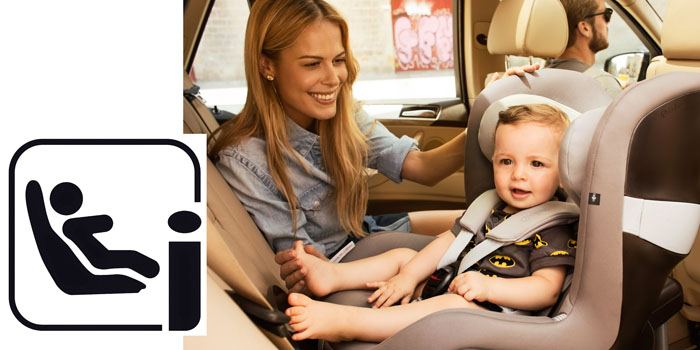
The rather young standard UN R129, now better known as the i-Size standard, is a new word in the niche of child restraints. Tighter, more thoughtful in terms of safety requirements, this advanced standard now operates in parallel with ECE 044.
ECE 044
- Carrying children under 9 months of age-rear facing only
- Fastening with a standard seat belt or with Isofix
- No Side Impact Test
- Classification of car seats by group-by age and weight of the child
UN R129 (i-Size)
- Carrying children under 15 months-only in rear facing position
- Fastening with Isofix only
- Mandatory side impact test during dynamic tests
- Classification of car seats by group-according to the age and height of the child
So we boldly highlight the main advantages of the new UN R129 (i-Size) standard in relation to the ECE 044 standard:
- the need to transport a child under 15 months of age (instead of 9 months) in a back-forward position significantly reduces the risk of neck and head injuries in the event of an accident. Research results and accident statistics show that up to 15 months, the baby's spine and, in particular, the neck muscles are not yet sufficiently strong, which leads to serious injuries in frontal impacts. When transported in a car in the "facing backward" position, the cervical spine is subjected to much less stress during a frontal collision, and the headrest "dampens" the force of the impact, reliably protecting the child's head;
- all new standard car seats are equipped with Isofix mounts, making them easier for parents to install in the car and more reliable;
- the design of the car “absorbs” frontal impacts much better than side impacts, which is why the new standard for child side protection in the car seat pays special attention-during the dynamic tests according to the UN R129 (i-Size) standard, the side impact crash test is required to obtain a certificate.
Choose and buy a baby car seat at 130.com.ua with delivery in Kiev, Kharkov, Odessa and Ukraine.
Related Materials
Baby car seats and boosters: Best Sellers

Stay tuned for updates!
Subscribe to our Telegram channel and be the first to receive useful materials.
Subscribe









